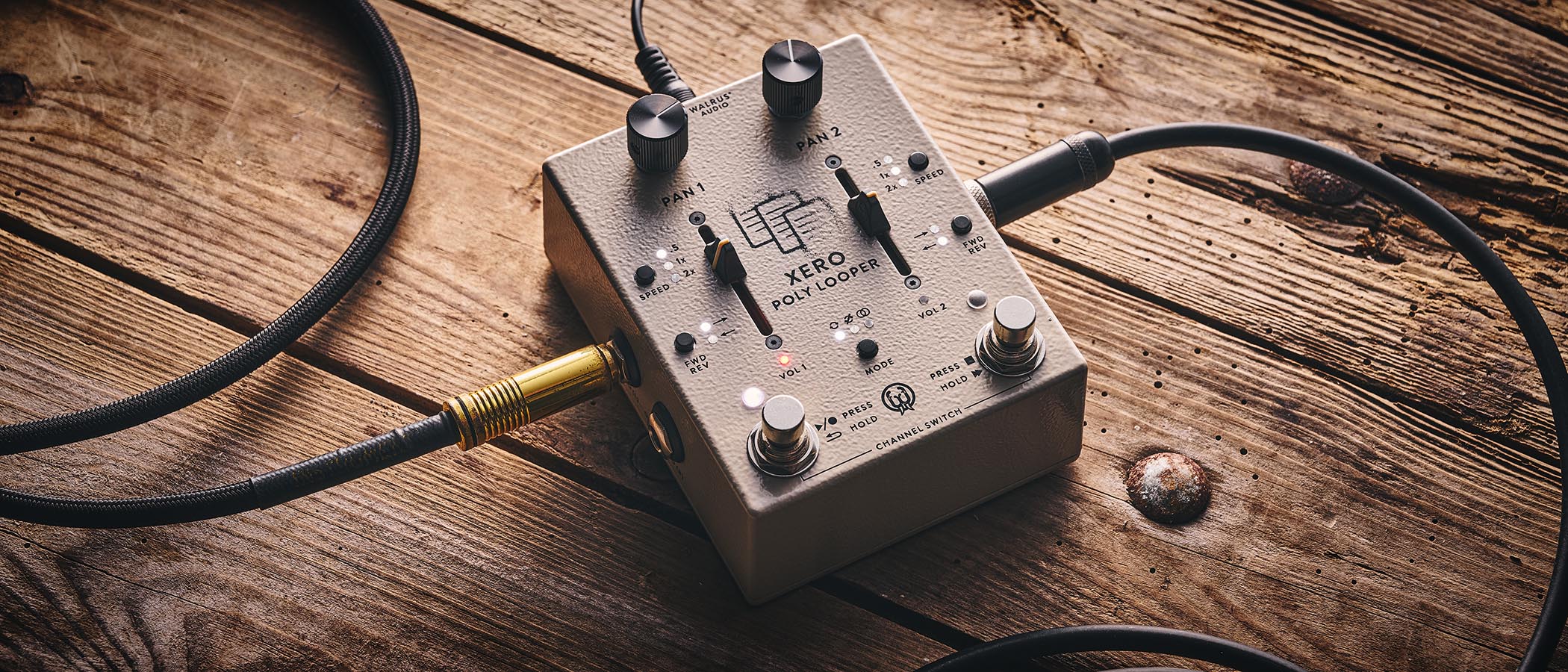“I’m waiting for the right player. I don’t want to break the chain of great guitarists coming through”: Scott Gorham on the future of Thin Lizzy – and how the late John Sykes gave them some thunder when they needed it most
Gorham remembers John Sykes, the player who stepped in and stepped up, breathing new life into Thin Lizzy with the super hard rock sound of his Les Paul Custom

Thin Lizzy rolled with the punches on 1980’s Chinatown and 1981’s Renegade (both featuring the bluesier Snowy White on guitar). But in 1982, Gorham called a crisis meeting.
“I told Phil we had to stop this whole thing. The drug addictions. Phil losing his voice. The mistakes we were now making on stage: that really hurt because we were a band that just did not make mistakes, then you hear a recording and you go, ‘What the hell was that?’ So I said, ‘Let’s wrap this thing up. Let’s get our shit together and when we both get healthy, we’ll hit everybody over the head with a fucking sledgehammer.’”
Instead, the bandleader made a counter-offer. “Phil says, ‘Let’s do one more album and world tour. I know this kid. He’s really good. He’s with Tygers Of Pan Tang.’ I’d heard the name in magazines but never heard anything they’d recorded. Phil says, ‘I promise you, you’re gonna like him, and if you don’t, we’ll look for somebody else.’
“So John Sykes comes down and I couldn’t fault him in any way. I really wanted to say, ‘See, there’s nobody out there, so we gotta walk away from this.’ But I couldn’t. He was a great player. He was a one-guitar guy: never, ever did I see him play anything but his black Les Paul. And he looked great on stage, too. So what was not to like?”
While the songs for 1983’s Thunder And Lightning were complete (barring the Sykes co-write Cold Sweat), the new boy quickly asserted himself with a fierce vibrato and shrieking harmonics that pushed Lizzy in a new direction.
“We were not a metal band,” reflects Gorham. “But John brought in that metal edge. He had a fiery style, and I stepped up my sound to match his. Really, his strength was the quickness. He wasn’t about subtleties.
“Every track he wanted faster. He’d turn around to Brian Downey and say, ‘Hey man, can you kick it up a couple?’ And I’d have to say, ‘John, it’s getting out of control.’ He wanted to show everybody just how fast he was. But he was an excellent player, no doubt about that. Our best track together was Cold Sweat. But there was no middle ground with Thunder And Lightning. Lizzy fans loved it or hated it.”
All the latest guitar news, interviews, lessons, reviews, deals and more, direct to your inbox!
Either way, Lynott’s death meant that 12th album became Lizzy’s studio swansong (a status it holds to this day). As far as Gorham was concerned, without their talismanic frontman, Lizzy was over as a touring outfit, too. But in the mid-90s, Sykes pitched his former wingman an initially jarring idea.
“We both sang background, but I’d never heard John sing solo. I had no idea he had three solo albums. I listened to them and I thought, ‘Hey, where’s he been keeping this?’ So I said, ‘Okay, I think we can give this a shot. I’m still not sure if this is the right thing to do, but let’s see what happens.’”
Even with considerable pedigree in the line-up, remembers Gorham, the first day felt off.
“I remember being in that studio and nobody wanted to pick up a guitar, in case this was not going to work out. I finally said, ‘Fuck it, I’ve flown 6,000 miles, let’s get into this. We’ll start out with Jailbreak, okay? If it’s shit, then we’ll just pack up. So we played Jailbreak and at the end, we looked at each other and said, ‘Actually, that sounded pretty damn good.’ Before we knew it, we had a full set that everybody felt confident in.”
While some fans never accepted the switch, the Sykes-fronted Lizzy lasted until July 2009 – when this career journeyman rolled on for a stuttering solo career, while the band drafted gunslingers like Viv Campbell, Richard Fortus, and Damon Johnson. When Sykes died of cancer in December 2024, Gorham felt a terrible sense of déjà vu.
I’m waiting for the right caliber of player. I can’t just pick somebody off the line
“I got so many requests: ‘Hey, Scott, let’s do an interview.’ ‘No thanks, it’s too soon.’ The same thing happened when Phil died. I didn’t want to go through all that again. I kinda wish I hadn’t been such a prick about it and done some of these interviews, for John’s sake.”
Where does that leave Lizzy in 2025? Four decades since the last studio material – and with no live dates in the diary – a betting man would say the fabled Irish band is all over. Don’t be so sure, smiles Gorham.
“I’m waiting for the right caliber of player. I can’t just pick somebody off the line. For me, there’s gotta be something special about them. I don’t want to break the chain of great guitar players coming through Thin Lizzy. I know they’re out there. So hopefully, it’s not gonna take too long for something to happen…”
- This article first appeared in Guitarist. Subscribe and save.
Henry Yates is a freelance journalist who has written about music for titles including The Guardian, Telegraph, NME, Classic Rock, Guitarist, Total Guitar and Metal Hammer. He is the author of Walter Trout's official biography, Rescued From Reality, a talking head on Times Radio and an interviewer who has spoken to Brian May, Jimmy Page, Ozzy Osbourne, Ronnie Wood, Dave Grohl and many more. As a guitarist with three decades' experience, he mostly plays a Fender Telecaster and Gibson Les Paul.
You must confirm your public display name before commenting
Please logout and then login again, you will then be prompted to enter your display name.



